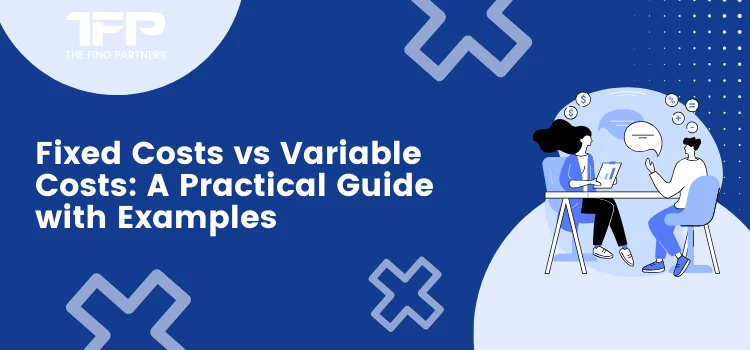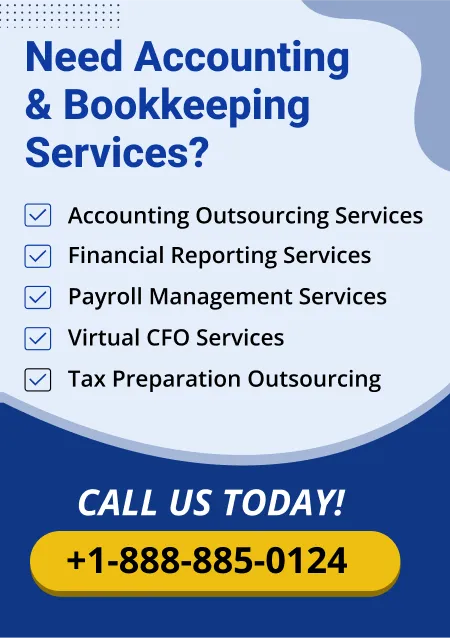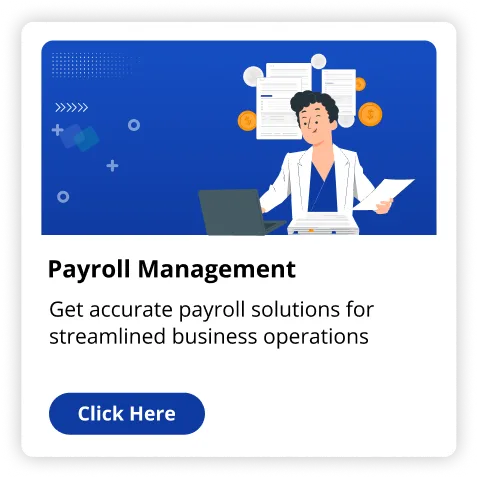Fixed and variable costs: what do they mean and why do you care? You probably have heard the terms fixed and variable costs thrown around in business discussions, but maybe you never really knew what the difference was. To really be an effective manager for any business, one needs to understand fixed versus variable costs. A fixed cost is something that never changes regardless of the fact that you are producing more or less. A variable cost changes based on your level of production. This article zooms in a little closer toward definitions, examples, and implications concerning costs that keep you up to date.
Understanding of Fixed and Variable Cost in USA
In order to understand both the concept let's discuss them one by one:
What is a Fixed cost?
A fixed cost is any business expense that doesn't change with the number of units your business produces, sales it makes, or revenue it generates. A fixed cost is a firm expense you can predict every single time.
What Is a Variable Cost?
A variable cost is any business expense that varies in relation to the company's revenue, production output, or sales volume. Such costs have direct relations to the product or service you offer through your business. They will always depend upon the activity of your business. That is, the more the units produced, the higher variable costs are. Whereby producing less shall drive variable expenses down. You shall have no variable expense at all if you are not producing any units.
Fixed vs. Variable Costs Accounting in USA
Accounting for fixed and variable expenses helps businesses understand their financial health and profitability. Fixed costs, also known as overhead costs, are easy to track and can be expensed using conventional accounting procedures. They remain constant throughout one accounting year and are less controllable than variable costs due to their direct dependence on volume or operations.
Variable costs are more difficult to track due to their intrinsic volatility. They relate to the production of units or sales volume, and can be determined by determining the variable cost per unit. This cost can be multiplied by the total quantity of units produced during a given time period to obtain the total variable expenses. However, monitoring and maintaining variable costs can be challenging due to their unpredictable nature and potential impact on profit margins or business growth.
Fixed vs. Variable Costs Examples
Below stated are some examples of fixed and variable costs
Fixed Costs Example
Fixed costs are those costs associated with the expenses that a business would incur, with or without the change in production or sale volumes. Basically, such costs constitute a repeated purchase of any good or service, for example, paying for employee salaries or monthly rent. The other fixed costs include telephone and internet costs, insurance, and loan repayments.
For instance, if you are paying 40,000 dollars for rent on a warehouse for your business, your rent cost will be at 40,000 dollars per month, and it remains the same regardless of your sales volume. Thus, it becomes a fixed cost because it is not directly proportional to your volume of sales.
One important point is that just because a cost is fixed doesn't mean it won't change—it means it's not connected to changes in your production output. So, for example, your warehouse rent may increase, but this has no relation at all to whether your production output or revenue goes up or down.
Variable Costs Example
The amount of production you have is directly related to variable cost change. Hence, when no products are produced in a period, your variable costs for that period would also be zero. Some common variable costs include the following:
- Direct labor
- Direct materials
- Commissions
- Transaction fees
- Production equipment
- Utility usage fees
Variable Costs First identify what variable cost per unit is-that is, what it takes in expenses such as labor and materials to produce one unit. Multiply this by total units produced to find your total variable costs to create that given product. Fixed and Variable Costs Budgeting
The whole point of a business budget is to try to predict fixed as well as variable costs, so it can actually be useful. Only the successful business knows how its fixed and varying expenses can be applied toward business resources to ensure there's always enough money to pay for fixed overhead expenses, as well as to pay the variable costs associated with unit production.
Maximizes Profitability
Your company should also try to keep its variable cost per unit as low as possible without a compromise in quality-that is, as much profit as possible is realized on the sale of every unit. Of course, fixed costs do not go any easier, but you can also minimize the impact of fixed costs on your bottom line through high volume production and low variable costs. That just so happens to be called economies of scale.
Variable vs. Fixed Costs Savings in USA
Variable cost control involves purchasing more efficient machinery, switching to less expensive materials, and reducing labor hours to reduce variable costs and increase profit margins. Fixed overhead costs are more challenging to manage, as businesses may have some type of fixed overhead. However, lowering variable costs and expanding the business can balance the pressure on budgets by reducing fixed overhead costs. When planning for growth, it's essential to consider how to handle fixed expenses, such as whether a larger, more expensive warehouse is worth the higher production. By addressing these questions, businesses can manage both fixed and variable expenses, ensuring profitability.
Conclusion
Finally, it will be understood that the difference between fixed costs and variable costs is really what is necessary for budgeting, pricing, and overall financial well-being. The proper costing helps really boost profitability and strategy in scaling operations very well. Be you a start-up or an already established firm, this knowledge works through the most critical nuances of financial management.
Read Also Variable Costs Explained: A Simple Overview


























